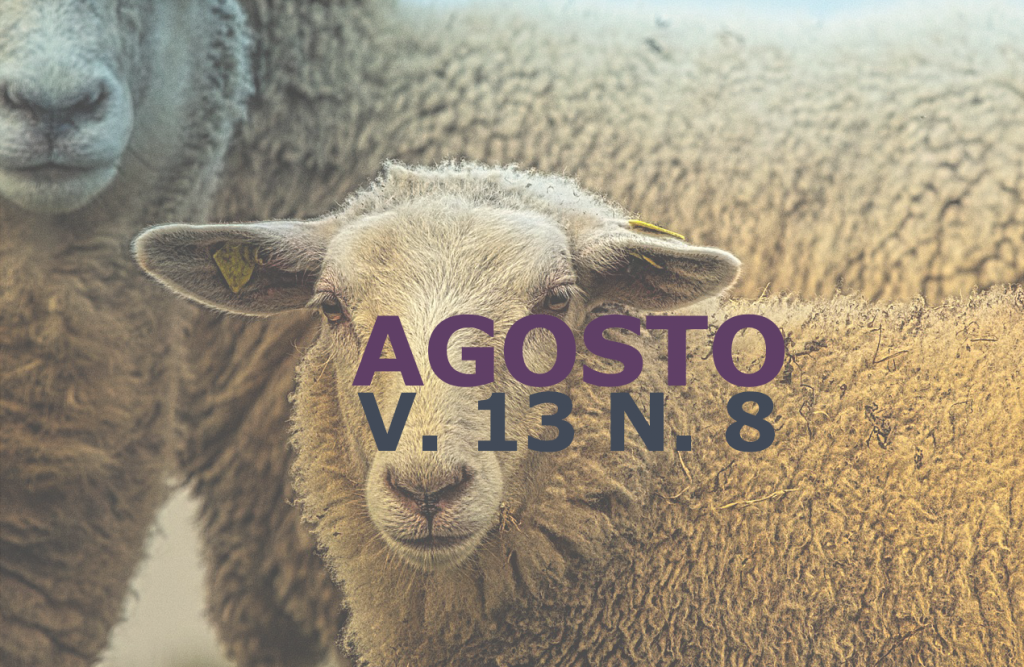Lactatemia e glicemia na síndrome cólica de equinos: revisão
DOI:
https://doi.org/10.31533/pubvet.v13n8a400.1-9Keywords:
abdomen, biochemical, glucose, lactateAbstract
Colic syndrome is the disease that most affects and causes death in horses. The diagnosis and decision of treatment should be established as soon as possible, considering that time is an essential factor for survival. Lesions that lead to obstruction of the blood flow and intestinal ischemia are strongly related with death. Therefore, the development of research seeking auxiliary parameters in prognosis and diagnosis of acute abdomen in horses is increasingly frequent. The lactate, a product of anaerobic glycolysis, is evaluated in athlete horses with critical illnesses. In equine colic, in high concentrations, it is related to ischemic intestinal lesions and mortality. Hyperglycemia is common in these animals, and despite little research, has a relation with worse prognosis. According to existing studies, the concentration of lactate and glucose together can be used as a predictor of prognosis. Besides that, higher lactate levels in the equine peritoneal fluid are indicative of intestinal strangulation and ischemia. This review presents the biochemistry of glucose and lactate, types of measurements and researches performed on equine colic syndrome that relates those data with prognosis and survival rates.
Downloads
Published
Issue
Section
License
Copyright (c) 2019 Kamila Pinheiro Paim, Mariella Lucarelli Amadei e Silva, Juliana de Moura Alonso, Celso Antônio Rodrigues, Carlos Alberto Hussni, Marcos Jun Watanabe

This work is licensed under a Creative Commons Attribution 4.0 International License.
Você tem o direito de:
Compartilhar — copiar e redistribuir o material em qualquer suporte ou formato
Adaptar — remixar, transformar, e criar a partir do material para qualquer fim, mesmo que comercial.
O licenciante não pode revogar estes direitos desde que você respeite os termos da licença. De acordo com os termos seguintes:
Atribuição
— Você deve dar o crédito apropriado, prover um link para a licença e indicar se mudanças foram feitas. Você deve fazê-lo em qualquer circunstância razoável, mas de nenhuma maneira que sugira que o licenciante apoia você ou o seu uso. Sem restrições adicionais
— Você não pode aplicar termos jurídicos ou medidas de caráter tecnológico que restrinjam legalmente outros de fazerem algo que a licença permita.





